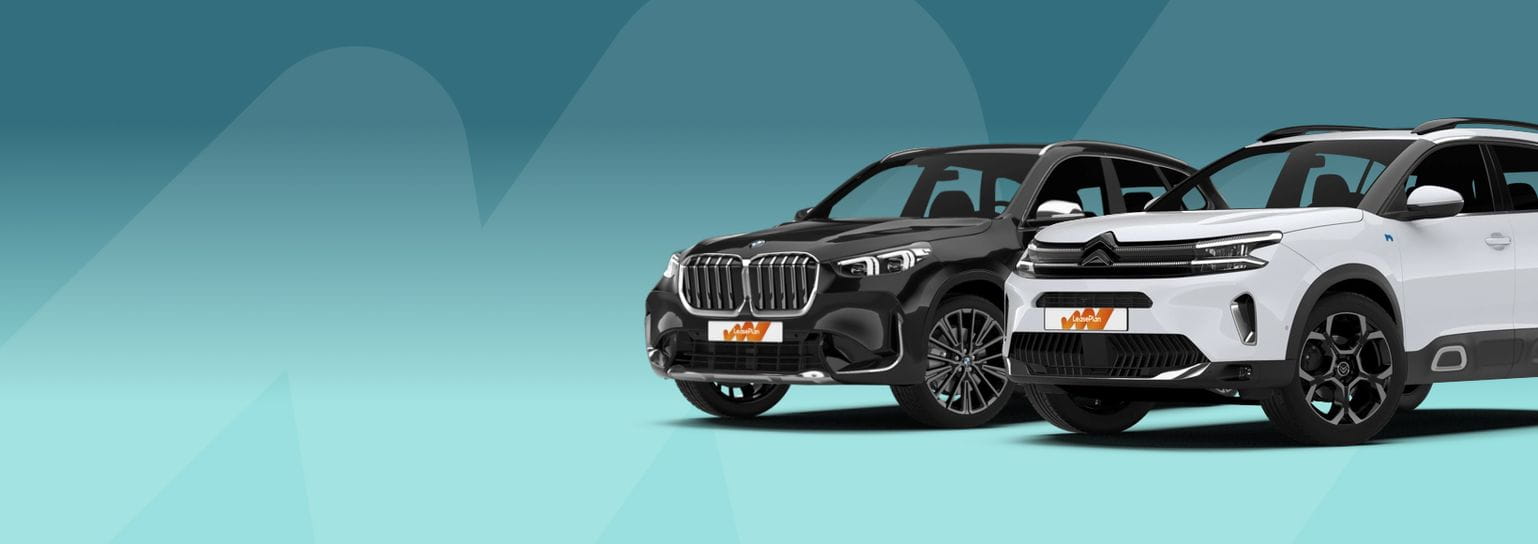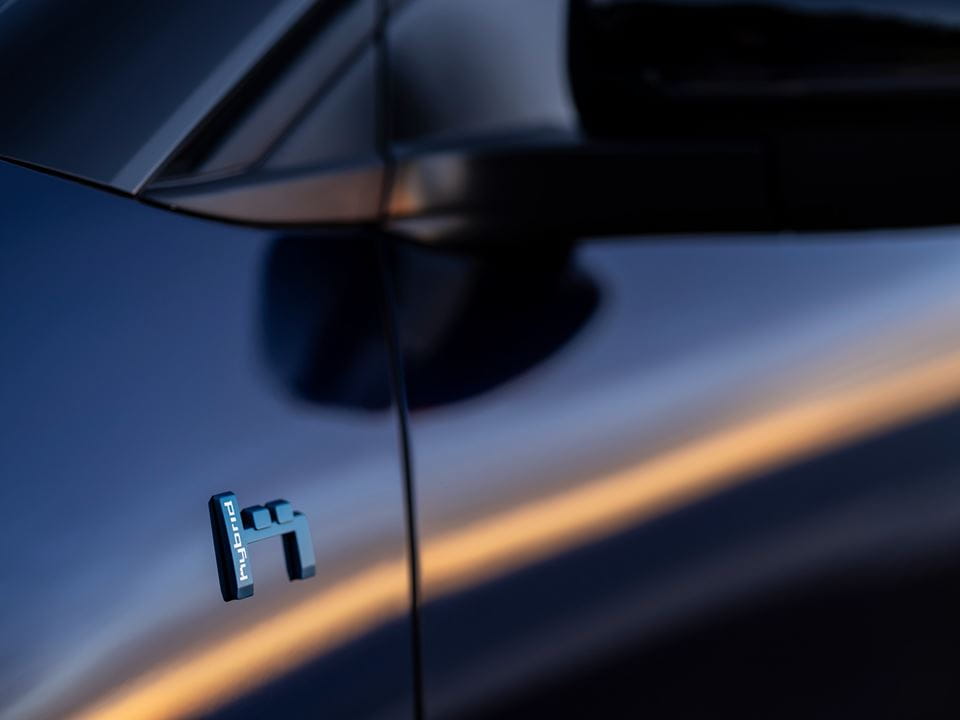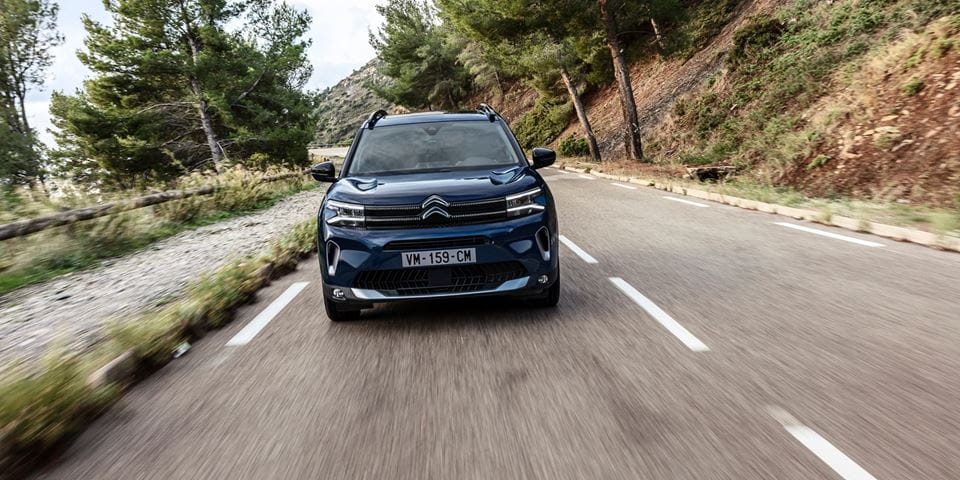
Citroën C5 Aircross Plug-in vs BMW X1
A question of comfort or sport
Citroën owns a very popular SUV in the form of the C5 Aircross, which was launched in 2018 and redesigned last year. It has more structured and modern lines and keeps its authentic comfort. The C5 Aircross therefore offers serious arguments against the competition – such as the all-new BMW X1, which, like the Citroën, comes in two plug-in hybrid versions.
Both mid-size SUVs can count on a lot of attention from companies and business drivers because they offer ample space, drive very smoothly and, thanks to their low emissions, offer tax advantages, not least in terms of benefit in kind. But how do they perform compared to each other?

A draw in terms of dimensions
They are very similar in size. At 450 centimetres, the C5 Aircross is exactly the same length as the new X1. There is also little difference between the two models in terms of height: 165 cm for the Frenchman and 163 cm for the German. At 184.5 cm, the BMW is only half a centimetre wider than the Citroën.
As far as boot space is concerned, the advantage goes to the C5 Aircross which, thanks to its three individual sliding rear seats, can adapt the boot volume according to need and also achieve a useful volume of around 600 litres, whereas the Bavarian vehicle has to make do with 490 litres, an average value.

Front or four-wheel drive
The Citroën is always a front-wheel drive, while BMW only supplies the new X1 as a plug-in hybrid with four-wheel drive. Citroën offers the C5 Aircross with either 180 or 225 hp. BMW starts at 245 hp for the xDrive25e and has a variant that delivers 326 hp total output (the xDrive30e). With 6.8 (xDrive25e) and 5.6 seconds (xDrive30e) respectively, the BMW models accelerate faster to 100 km/h than the Citroën, which, with its 225 hp, needs 8.7 seconds (and a tenth longer for the 180 hp version).

Comfort points for the Citroën
The French SUV pampers its occupants, in the back, as well as in the front. With its Advanced Comfort seats, which combine a high-density fabric and thickened foam, it offers superior seating comfort. The suspensions with hydraulic stops - exclusive at Citroën, standard on all the ranges, provide unequaled driving comfort.
The X1 is also comfortable, with good shock and noise silencing as well as front seats with firm support, but it will appeal primarily to those who are alright with things being a little less soft and supple and opt for more dynamism.

BMW excels in terms of performance
Citroën's success in comfort was written in the stars. The fact that BMW will take the points when it comes to performance is no surprise either. The German accelerates quicker and also recovers more nimbly. That said, the Citroën also offers a smooth drive, and neither model could be considered slow.
BMW's plug-in hybrid X1 has a battery with a capacity of 14.2 kWh, which guarantees an electric range of between 78 and 89 kilometres. Citroën can go up to 64 electric kilometres from its 13.2 kWh battery. Of course, these values depend greatly on the driver’s driving style, as well as the ambient temperature and other weather conditions.
Citroën can charge the battery with 3.7 kW as standard and 7.4 kW as an option, while BMW offers a 7.4 kW charging capacity as standard.
Range
BMW's plug-in hybrid X1 has a battery with a capacity of 14.2 kWh, which guarantees an electric range of between 78 and 89 kilometres. On the Citroën side, the announced autonomy is 64 electric kilometers with the 14.2 kWh battery. Of course, these values depend greatly on the driver’s driving style, as well as the ambient temperature and other weather conditions.
Citroën can charge the battery with 3.7 kW as standard and 7.4 kW as an option, while BMW offers a 7.4 kW charging capacity as standard.
Tastes differ
The best of both worlds? The answer depends on what is important to you. Those who love silky-smooth comfort and practical modularity should opt for the Citroën, while those of a sportier disposition, preferring German prestige will find the BMW to their liking. Either way, both SUVs are a good choice.


